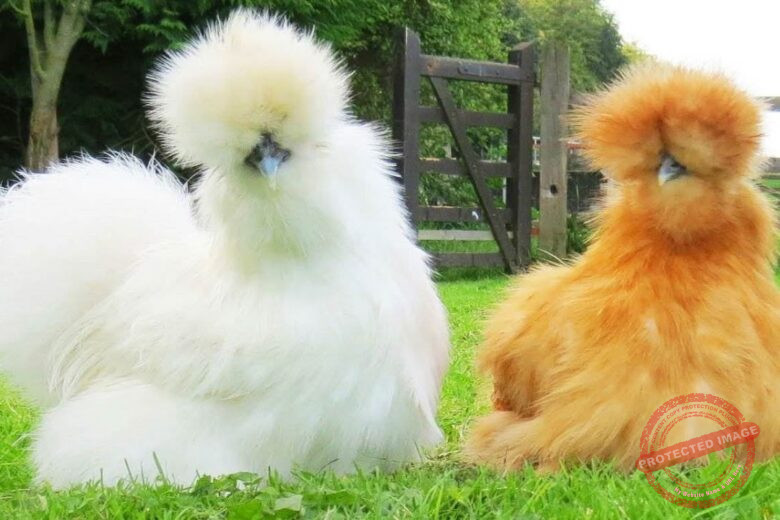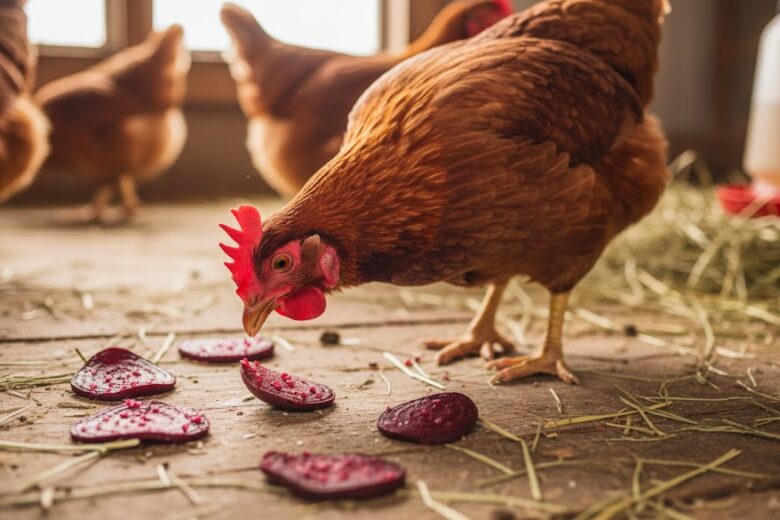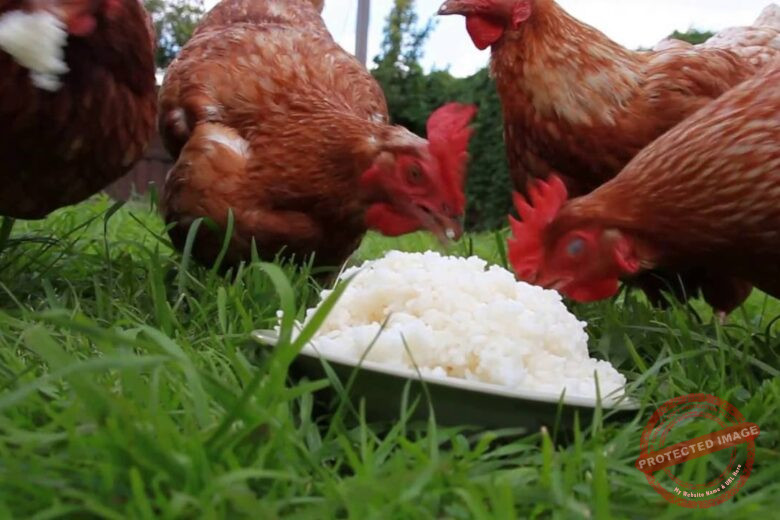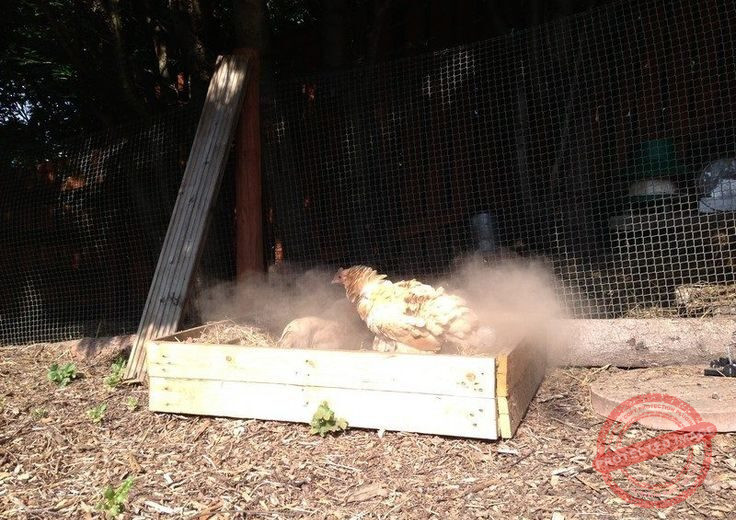Ever seen a chicken so tiny you thought it must be a toy until it started bossing everyone around? That’s a Bantam for you. These pint-sized birds carry themselves like royalty—strutting, pecking, and flapping with all the confidence in the world. You can’t help but laugh watching one tell a full-sized hen to move aside. They’re colorful, comical, and charming, and once you raise a few Bantam chickens, you might wonder how your coop ever felt complete without them. They’re proof that good things really do come in small packages.
What makes Bantams so beloved isn’t just their size, though that’s part of the magic. It’s their personality. They bring joy and movement to any yard, whether you’ve got a country setup or a suburban garden. You don’t need acres of space or fancy equipment. These birds adapt beautifully to small coops and backyard living. If you’re just getting into poultry or you want to add something special to your flock, Bantams are a perfect choice.
What Exactly Are Bantam Chickens?
Think of Bantams as the miniature versions of standard chickens. They come in two types: true Bantams, which have no large counterpart (like Sebrights or Dutch Bantams), and miniature Bantams, which are just smaller versions of regular breeds (like Bantam Cochins or Bantam Rhode Island Reds). Most weigh between one to two pounds—light enough to fit in one hand but full of attitude.
Despite their size, they lay eggs that are surprisingly rich in flavor. The eggs are smaller, yes, but just as nutritious as those from larger breeds. Many Bantam keepers swear their yolks are brighter and tastier. Some even call them “gourmet eggs.”
Why Farmers and Backyard Keepers Love Them
One of the biggest perks of raising Bantams is how little space they need. If you’ve got a small yard or live in the city, you can still enjoy the chicken-keeping experience without overcrowding your space. They don’t eat as much, either, which keeps feed costs down. But don’t be fooled—just because they’re small doesn’t mean they’re fragile.
Most Bantams are quite hardy once they’re grown, handling both warm and cool climates well. They’re also incredibly social and love being part of the daily routine. I’ve had Bantams that would hop up on my shoulder the minute I walked into the coop, chirping as if to say, “Where’ve you been?”
The Color and Variety Factor
Bantams are the jewelry of the chicken world. Their colors and feather types are unmatched. You’ll find feather-footed Cochins that look like they’re wearing fluffy boots, shimmering Sebrights with laced plumage that glows in the sun, and Dutch Bantams that look like tiny show birds straight out of a fairytale.
If you’re someone who enjoys watching beauty in motion, a flock of Bantams will make your mornings brighter. Their playful behavior combined with their vivid colors turns any backyard into a little paradise.
How to Raise Bantam Chickens
Raising Bantams isn’t much different from raising regular chickens, but there are a few key things to know. Their small size means they need a bit of extra protection and care, especially when they’re young.
1. Housing:
Because they’re light and small, Bantams can fly better than larger chickens. Make sure their coop has a covered run or fencing tall enough to discourage flight adventures. Inside the coop, use smaller roosts closer to the ground.
2. Feed and Water:
Use feeders with narrow openings to prevent them from wasting food. Standard chicken feed works fine, but crumble form is better than pellets, especially for chicks. Always keep fresh water at a low height so they can reach it easily.
3. Temperature and Comfort:
Young Bantam chicks need warmth just like any baby bird. Keep them under a heat lamp until they’re fully feathered. The big question new keepers ask is—when can Bantam chicks go outside?
Usually, once they’re about 6–8 weeks old and have all their feathers, they can handle outdoor temperatures, provided it’s not too cold or windy. Watch their behavior closely. If they huddle together, they might still need some warmth.
4. Companionship:
Bantams love company. Keep them in small groups—at least three or four birds. They’ll form tight-knit cliques and stick together like little families.
5. Safety:
Their size makes them easy targets for predators. A secure coop with fine mesh wire is essential. Even small animals like rats can pose a threat, so never leave food scattered overnight.
When Can Bantam Chicks Go Outside?
This deserves its own moment because it’s one of the most common worries among first-time Bantam owners. You’ve raised your chicks in a warm brooder, and now you’re itching to let them explore the great outdoors. The key is patience.
Wait until they’re about 6 to 8 weeks old. They should be fully feathered by then and able to regulate their body temperature. Start by giving them short, supervised outdoor visits during mild weather. Let them scratch, explore, and get used to the environment. Gradually increase the time they spend outside each day.
If you live in a colder region, hold off a little longer or provide a draft-free outdoor shelter. Remember, Bantams are small, so a chill wind can affect them faster than it would a larger bird.
A Day in the Life of a Bantam Keeper
I’ll be honest—life with Bantams isn’t all about collecting tiny eggs. It’s about companionship. On most mornings, I’ll sip coffee on the porch while my flock scurries around pecking at bugs. There’s always one—usually the proud little rooster—who crows loud enough to wake the whole yard. The hens will follow me to the garden, scratching around the mulch like tiny garden helpers.
One time, I had a Bantam hen named Peppy who refused to stay in the coop. She’d somehow squeeze through the smallest gaps just to roost in a tree branch near my window. I’d find her every evening, cooing softly as the sun went down. Those moments are what make keeping Bantams so special.
Common Challenges and How to Handle Them
Like any breed, Bantams have their quirks. They can be more flighty than larger chickens, especially if they aren’t handled regularly. Spend time with them when they’re young. Hand-feeding treats like mealworms helps build trust.
Their can also be a surprise to newcomers, but don’t let that fool you. The flavor is rich and fresh, perfect for breakfast or baking. And if you’re planning to hatch your own, Bantams make excellent mothers—some of the best broodies in the chicken world.
How to Protect Bantams from Predators
Because of their size, Bantams need more secure housing than standard breeds. Here’s what I’ve learned:
-
Use half-inch hardware cloth instead of chicken wire. It keeps out snakes, rats, and small predators.
-
Lock up the coop every night—no exceptions.
-
Cover outdoor runs with netting to stop hawks or owls.
-
Keep the area around the coop tidy. Predators love clutter and tall grass.
Once you’ve got those basics down, you’ll sleep easier at night knowing your little birds are safe.
Are Bantams Good Layers?
Yes, but think quality over quantity. Most Bantam hens lay three to five eggs per week, depending on the breed and season. Their eggs are smaller but beautiful, with deep yellow yolks. They’re also incredibly sweet-natured mothers, often going broody and raising chicks with fierce dedication.
If you ever let a Bantam hen hatch eggs, prepare to witness the most devoted mama you’ve ever seen. She’ll puff herself up like a tiny lion and chase off anything that gets too close.
FAQs About Bantam Chickens
Do Bantam roosters crow loudly?
Yes, they crow just as proudly as full-sized roosters, but their voices are higher and a little shorter. Think of it as a tiny trumpet instead of a foghorn.
Can Bantams live with standard chickens?
They can, but it depends on the personalities involved. Larger hens might bully them, so introduce them slowly and give Bantams their own space if needed.
Are Bantams good for kids?
Absolutely. Their small size and gentle behavior make them great for families. Kids love their friendliness and unique appearance.
Do Bantams need special food?
No, regular poultry feed is fine. Just choose the crumble form to make it easier for them to eat.
How long do Bantam chickens live?
With good care, Bantams can live 6 to 10 years, sometimes even longer.
Why Bantams Are Worth It
There’s something magical about raising Bantam chickens. They make you appreciate the simple things in farm life—the sound of their soft clucks, the excitement of a tiny egg in the nest box, the way they run toward you like they’ve been waiting all day. Whether you’re on a full-fledged farm or just keeping a few birds in the backyard, Bantams bring warmth, humor, and beauty to your space.
If you’ve ever thought about raising chickens but weren’t sure where to start, start small—literally. Bantams will show you how much joy can come from something so little. After all, isn’t it often the smallest creatures that leave the biggest mark on our hearts?



